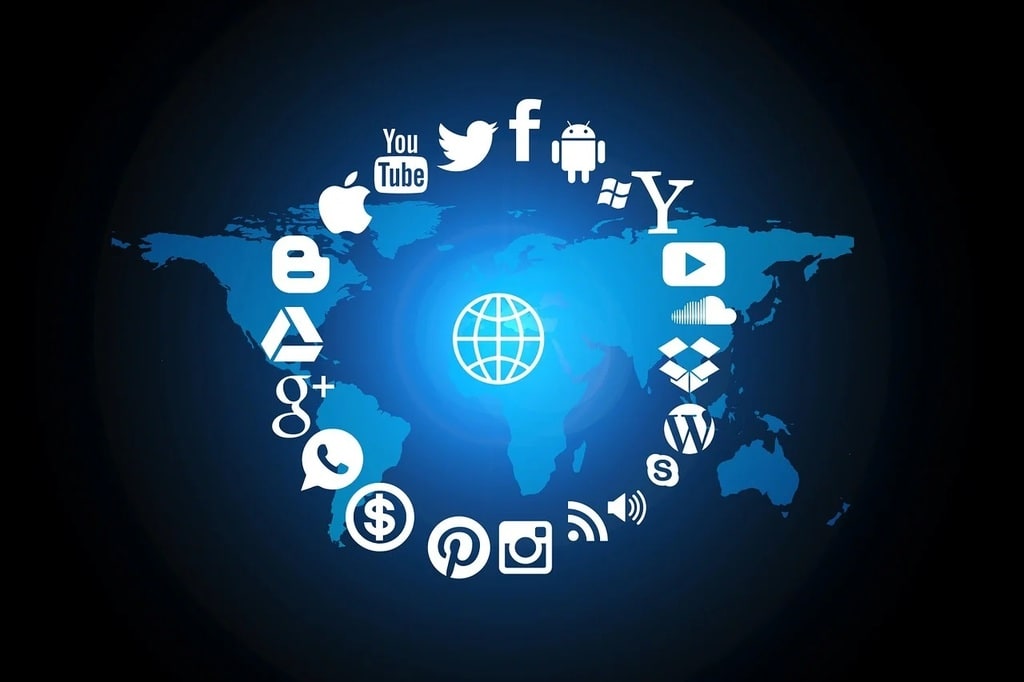Artistic influences have long played a significant role in shaping marketing campaigns. Companies frequently draw on various art movements and styles to craft compelling visual narratives that resonate with their audiences. From the sleek lines of modernism to the vibrant colors of pop art, these artistic influences can help brands stand out in a crowded marketplace.
Incorporating Artistic Influences in Marketing Campaigns
Brands have consistently looked to art as a source of inspiration for their marketing strategies. This approach not only enhances the aesthetic appeal of advertisements but also taps into the emotional and cultural connections that art evokes. By aligning their brand image with specific artistic styles, companies can create a more engaging and memorable experience for consumers.
One of the most prominent examples of this is the use of pop art in advertising. The bold colors and playful imagery associated with this movement have been effectively utilized by brands seeking to appear modern and accessible. Iconic brands like Campbell’s Soup and Coca-Cola have famously employed pop art techniques, transforming everyday products into cultural symbols.
Historical Art Movements in Modern Campaigns
Throughout history, various art movements have left a lasting impact on marketing strategies. The minimalist movement, for instance, has influenced numerous brands seeking a clean and sophisticated look. This style is characterized by simplicity and functionality, often using a monochromatic color palette and sleek, unobtrusive design elements.
Another influential movement is surrealism, which has been embraced by brands looking to create dream-like, fantastical advertisements. Surrealist techniques, such as unexpected juxtapositions and bizarre imagery, can captivate audiences and evoke curiosity. Luxury brands, in particular, have utilized surrealism to emphasize the exclusivity and otherworldly allure of their products.
Art Deco, with its emphasis on glamour and opulence, has also made a significant impact on marketing. This style, known for its geometric shapes and lavish ornamentation, has been employed in campaigns to convey elegance and sophistication. Brands in the fashion and hospitality industries often use Art Deco-inspired visuals to evoke a sense of nostalgia and high-end luxury.

The Role of Graphic Design in Art-Inspired Marketing
Graphic design serves as a bridge between art and marketing, translating artistic concepts into commercially viable visual content. Effective graphic design integrates artistic principles with marketing objectives, creating visuals that are not only aesthetically pleasing but also strategically aligned with brand messaging.
Typography, color theory, and composition are key elements where art influences marketing. For example, the use of bold, hand-drawn typography can evoke a sense of authenticity and craftsmanship, while a carefully chosen color palette can elicit specific emotional responses from the audience.
To illustrate, a campaign aimed at promoting eco-friendly products might use earthy tones and organic shapes to reinforce its message of sustainability. Conversely, a technology brand may opt for a sleek, futuristic design with metallic colors and clean lines to convey innovation and cutting-edge advancement.
Examples of Successful Art-Inspired Marketing Campaigns
There are numerous instances where brands have successfully integrated artistic influences into their marketing efforts. Some notable examples include :
- Absolut Vodka’s collaborations with famous artists like Andy Warhol and Keith Haring, which have become iconic in the advertising world.
- Nike’s use of street art in its campaigns, blending urban culture with sportswear to appeal to a younger, trend-conscious demographic.
- Apple’s minimalist product design and advertising, heavily influenced by modernist principles, which emphasize simplicity and functionality.
These campaigns highlight how art can elevate a brand’s image and create a unique identity that resonates with consumers.
The Future of Art in Marketing
As digital technology continues to evolve, so too will the ways in which art influences marketing. Augmented reality (AR) and virtual reality (VR) offer new platforms for artistic expression, enabling brands to create immersive experiences that blend the physical and digital worlds. These technologies allow for more interactive and engaging advertisements, pushing the boundaries of traditional marketing.
Additionally, the rise of social media has democratized art, giving artists and brands a platform to reach wider audiences. Platforms like Instagram and Pinterest are visual-centric, making them ideal for art-inspired marketing. Brands that leverage these platforms effectively can build stronger connections with their audience through visually compelling content.
In conclusion, the fusion of art and marketing continues to be a powerful tool for brands. By drawing on artistic influences, companies can create visually stunning campaigns that not only capture attention but also foster emotional connections with consumers. This dynamic interplay between art and commerce promises to drive innovation and creativity in marketing for years to come.
